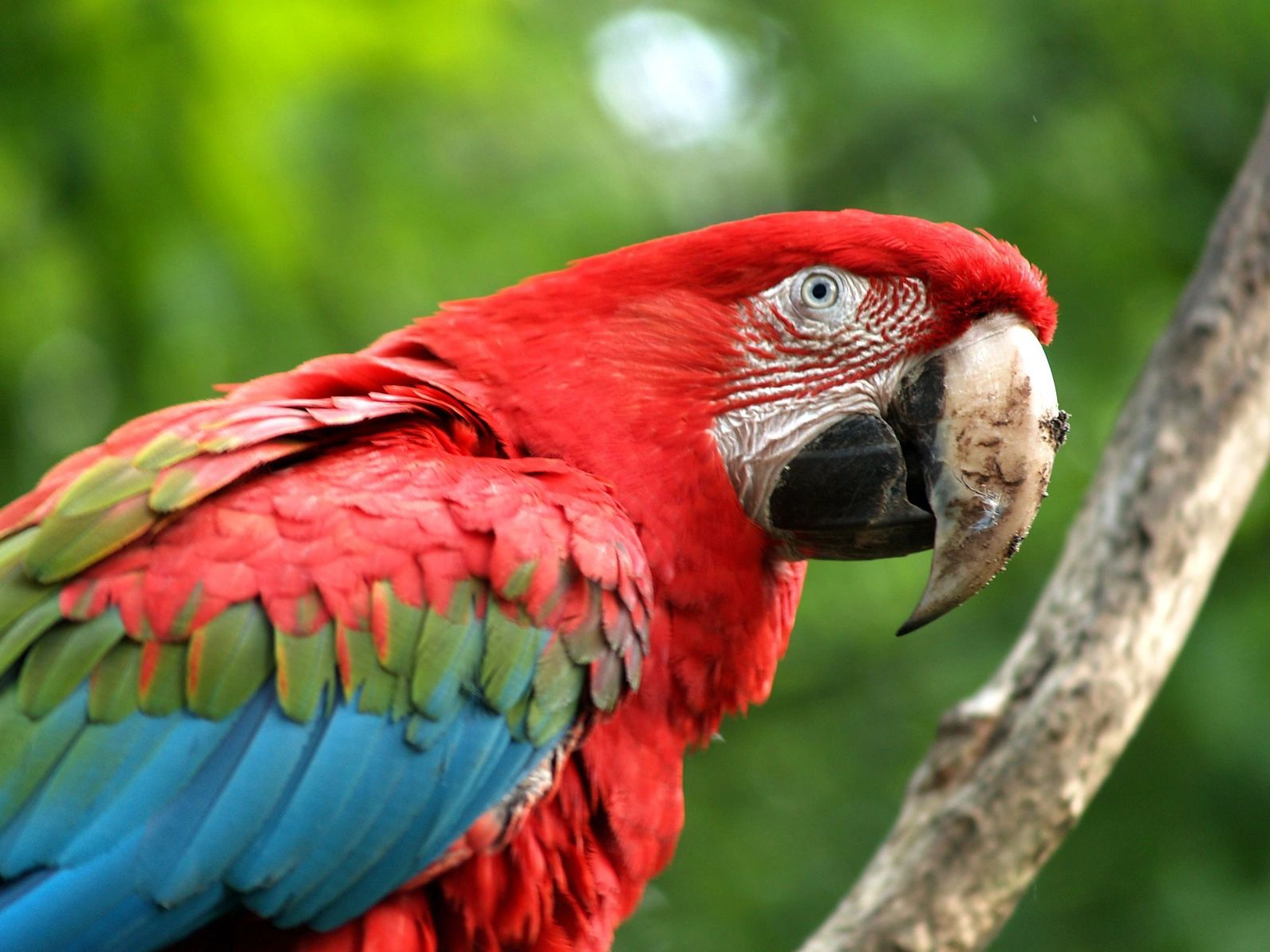Article written by: Danica Backes Jedrzejek
To begin, what is the illegal wildlife trade? Well, in short, it is the harvesting and selling of wildlife. It is the overexploitation of it for things like pelt, medicines, and food. It is for consumer benefit. It is an insanely large industry. Ivory, horns, and furs are commonly known as items derived from wildlife trade. But what about baby birds? These are not on everyone’s radar but when illegally traded, are products equally detrimental to the populations as a whole. Not all wildlife trade is illegal, but when it does happen illegally, and unsustainably, on a large scale, it threatens species’ survival.
A very specific species is seriously threatened because of an overall decrease in rainforests in Mexico, and that would be the baby scarlet macaws. The scarlet macaw population is now 20% of the size it used to be and aside from this massive habitat loss, the illegal wildlife trade removes a hundred chicks every year from their natural habitat in Mexico.
The Lacandon rainforest is the source of a large chunk of Mexico’s biodiversity, additionally being the home of the last remaining healthy and thriving population of scarlet macaws in Mexico. The success of this last healthy population is in large part due to the Lacandones living there, a Maya people who spread awareness about how important scarlet macaws are to nature. The Lacandones are important in the protection of this species to educate others on their role in nature. The reason they are so valuable is because they can crack open nuts with their beaks, vital for seed dispersal and tree regeneration. However, they return to the same nests year after year, so they are susceptible to poaching. This is where a unique solution comes into play.
Conservationists have decided to take matters into their own hands, relocating baby scarlet macaw fledglings to increase their likelihood of survival where they live in Mexico. The solution is to track these nesting sites with monitors, and when there are signs that poachers are coming, the chicks are removed and brought to the Chajul Biological Station. Here, the babies are nurtured and fed until they can be released back into the wild, which has been massively successful so far. Landowners and monitors track activity of nesting sites and if there seems to be infrastructure built by poachers or any clues of danger, the chicks are removed and brought to this station to be cared for and protected.
Poaching, an accelerated rate of habitat loss, and the predation of nests all put the scarlet macaw population in danger, but the species is actively being protected and illegal trafficking is being combated.
Biologist Diego Noriega’s Scarlet Macaw Protection, Conservation and Reintegration Program preserves the population and has even rescued 200 chicks, successfully releasing them back into the wild. When it comes to a poacher, there is a high probability of that person being armed. Therefore, direct contact is not the solution, rather a sort of competition between the biologists and the poachers as to who can reach the babies first. If Noriega and his fellow conservationists can reach the fledglings before the hunters, they can be removed from a dangerous site before it is too late.
Last note: Careful where you spend your money! Even purchasing a souvenir may be an unknowing way businesses are getting you to participate in the illegal wildlife trade. One of the largest issues is not only the scale at which illegal wildlife trade is conducted on, but also the lack of awareness. Education is key for reducing demand!
https://www.nationalgeographic.com/animals/article/scarlet-macaws-mexico-poaching-conservation

